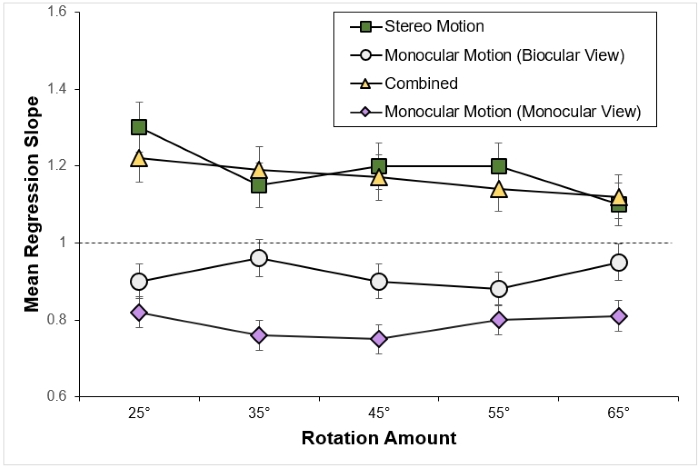Figure, photograph, graph
BACK TO: APA how to'sA figure, a photograph, a graph: How do I format a figure? How do I credit my source?
What is a figure?
Charts, graphs, photographs, and infographics are all examples of figures.
The goal of a figure is to help readers understand your work. They should be attractive and accessible. The APA Style guidelines for figures help ensure your visual displays are formatted clearly and consistently, thus contributing to the goal of effective communication.
(Source: https://apastyle.apa.org/style-grammar-guidelines/tables-figures/ )
APA Style figures have the following basic components:
- number:The figure number (e.g., Figure 1) appears above the figure title and image in bold font. Number figures in the order in which they are mentioned in your paper.
- title:The figure title appears one double-spaced line below the figure number. Give each figure a brief but descriptive title, and capitalize the figure title in italic title case.
- image:The image portion of the figure is the graph, chart, photograph, drawing, or other illustration itself. If text appears in the image of the figure (e.g., axis labels), use a sans serif font between 8 and 14 points.
- legend:A figure legend, or key, if present, should be positioned within the borders of the figure and explains any symbols used in the figure image. Capitalize words in the figure legend in title case.
- note: copyright attribution.
(Source : https://apastyle.apa.org/style-grammar-guidelines/tables-figures/figures )
Example – a photograph
Figure 1
A room in the Mandarin Oriental Hotel, Geneva.

Adapted from Mandarin Oriental, Geneva (https://www.mandarinoriental.com/geneva/rhone-river/luxury-hotel). 2020 © Mandarin Oriental Hotel Group Limited.
This example photograph shows how to include a copyright attribution in a figure note when you have reprinted or adapted a figure from a company website, in this case Mandarin Oriental. You can usually find the copyright statement at the very bottom of the webpage.
Example – a graph
Mean Regression Slopes in Experiment 1

The sample line graph shows how to include a copyright attribution in a figure note when you have reprinted or adapted a copyrighted figure from a scholarly work such as a journal article (the format of the copyright attribution will vary depending on the source of the figure).
Wang, X.M., Lind, M., & Bingham, G.P. (2018). Large continuous perspective change with noncoplanar points enables accurate slant perception. Journal of Experimental Psychology: Human Perception and Performance, 44(10), 1513. https://doi.org/10.1037/xhp0000553
Author – WHO? Use the family name followed by the initial letter of the first name. Use the ampersand “&” before the family name of the last author in the list. Check you have included the commas “,” and periods “.” in the correct place.
Date – WHEN? Write the year of publication of the article enclosed in parentheses ( ). Check you have included the period “.” in the correct place.
Title – WHAT? Write the title of the article. Use sentence-style capitalization, meaning the initial letter of the first word should be capitalized, following words should be lower case. If there is a period *.” or colon “:” in the title of the article, the initial letter of the following word should be capitalized. The names of people, countries, and so on should have an initial capital letter. End the title with a period “.”.
Source – WHERE? Write the name of the journal in italics. Each main word in the journal title should be capitalized. The volume number of the journal should be in italics. The issue number is in normal font (not italicized) and enclosed in parentheses ( ). Write the page numbers of the beginning and end of the article, separated by a hyphen “-“. End with a period “.”. If the article has a DOI (digital object identifier), you should include it as a hyperlink (i.e. beginning with http:// or https://.
Corresponding in-text citation styles
Parenthetical citation: The hospitality industry will expand by 3% (Wang et al., 2018).
Narrative citation: Wang et al., (2019).predict that the hospitality industry will expand by 3%.
For more information, see
American Psychological Association. (2020). Publication manual of the American Psychological Association (7th ed.), pp. 195-252.
American Psychological Association. (n.d). Figure set up. https://apastyle.apa.org/style-grammar-guidelines/tables-figures/figures
